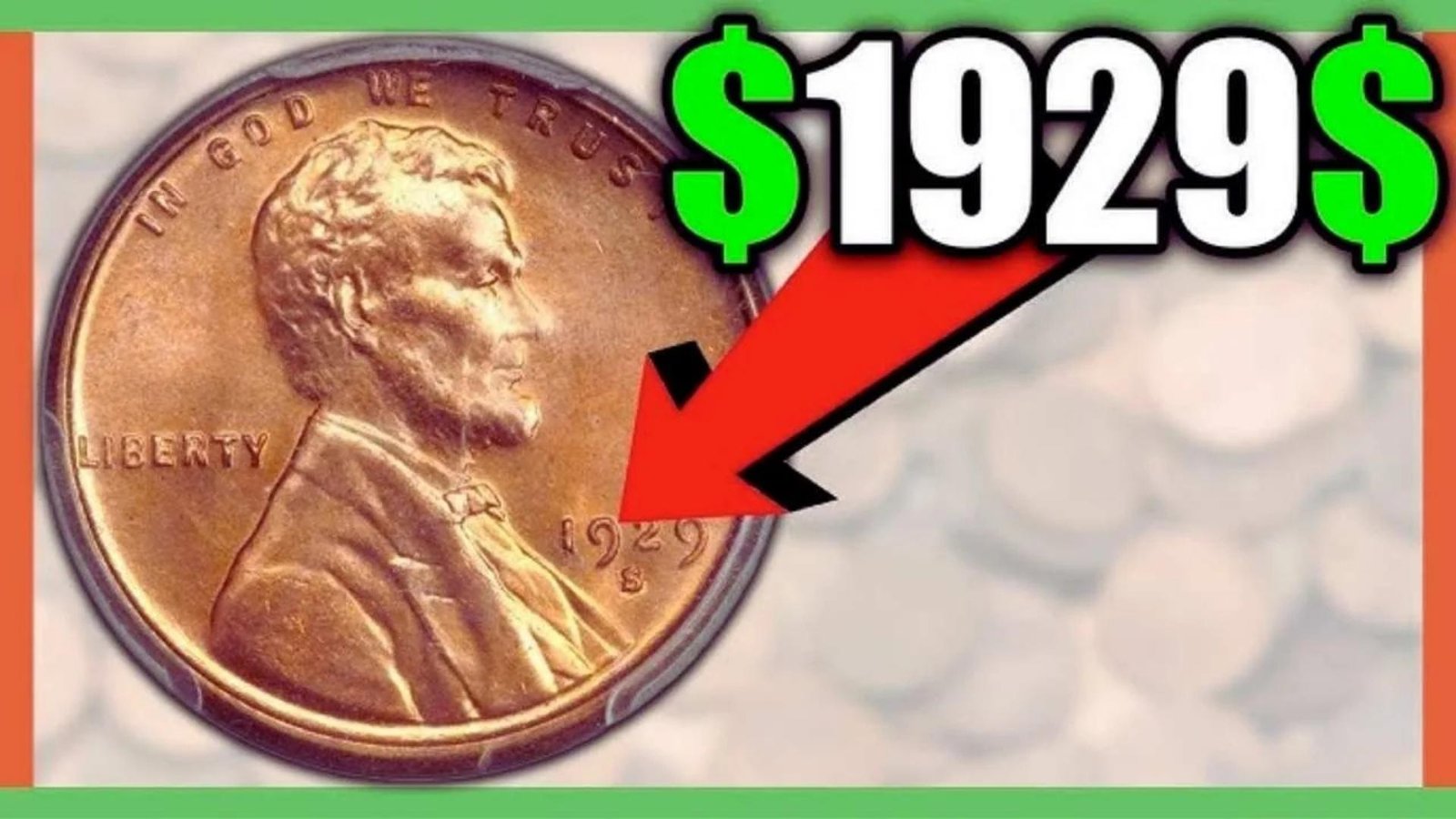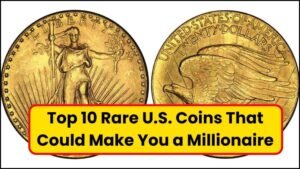What if a penny sitting in your change jar could be worth more than a luxury car? The Lincoln Wheat Penny, often overlooked as spare change, hides million-dollar secrets. And yes, one rare coin could still be hiding in your pocket right now.
What Exactly Is the Lincoln Wheat Penny?
The Lincoln Wheat Penny, minted between 1909 and 1958, is one of America’s most iconic coins. Known for its wheat stalks on the reverse, it was created to honor Abraham Lincoln’s 100th birthday. While most are worth only a cent, a select few are valued at thousands — even $144,000.
A Hidden History Few Know About
The story begins in 1909, when the U.S. Mint introduced the first coin to feature a real person — Abraham Lincoln. Designed by Victor David Brenner, the coin originally carried his initials “VDB,” which caused public controversy and led to quick design changes.
But the real intrigue lies in error pennies. Certain misprints, small minting mistakes, and rare years created coins collectors crave. These hidden gems explain why a coin most people ignore is now fetching staggering prices at auctions.
Why the Lincoln Wheat Penny Is So Valuable Today
Not every wheat penny will make you rich — but some are shockingly rare. For example, a 1944 Steel Wheat Penny sold for more than $144,000. Others, like the 1909-S VDB or the 1922 No D Mint Mark, consistently attract five-figure bids.
The value depends on rarity, demand, and condition. Collectors worldwide are obsessed with these coins, making even small variations incredibly lucrative.
Comparison of Rare Wheat Pennies & Their Values
| Coin Variety | Estimated Value | Reason for Rarity |
|---|---|---|
| 1944 Steel Wheat Penny | $144,000+ | Mistakenly struck on steel instead of bronze |
| 1909-S VDB | $700 – $2,000+ | Low mintage, famous initials controversy |
| 1922 No D Wheat Penny | $5,000 – $15,000 | Missing mint mark error |
| 1931-S Wheat Penny | $150 – $300 | Limited San Francisco mintage |
Could You Have One in Your Pocket?
The suspense lies here — these pennies still surface in circulation, garage sales, and old coin jars. A regular-looking coin could secretly be worth tens of thousands.
Here’s how you can check:
- Check the Date: Focus on 1909, 1922, 1931, 1943, and 1944.
- Look for Errors: Missing letters, odd colors, or double stamps matter.
- Test with a Magnet: Rare bronze pennies won’t stick, but steel ones will.
- Weigh It: A bronze coin should weigh 3.1g; steel versions 2.7g.
Quick Guide: How to Spot a Rare Wheat Penny
| Test | What to Look For | Clue It’s Valuable |
|---|---|---|
| Year | 1909, 1922, 1931, 1943, 1944 | Historically rare mintages |
| Color | Copper-red or silver-gray | Possible error coin |
| Magnet Test | Non-magnetic bronze | Could be ultra-rare |
| Weight | 3.1g bronze vs 2.7g steel | Confirms coin type |
Notable Facts That Will Amaze You
- A 1943 Bronze Wheat Penny once sold for $1.7 million.
- Millions of regular wheat pennies exist, but only a fraction hold extreme value.
- Collectors pay more for coins with sharp details, mint luster, and no scratches.
Expert Tips for Collectors and Beginners
- Always store coins in protective holders to prevent scratches.
- Get rare coins professionally graded by services like PCGS or NGC.
- Never clean old coins — it can destroy value.
- Visit local coin shows or dealers for hidden treasures.
FAQs About the $144,000 Lincoln Wheat Penny
Q: How can I tell if my wheat penny is valuable?
Look for key dates, mint marks, or error signs. Professional appraisal is the best way to confirm.
Q: Are all wheat pennies worth money?
No. Most are worth just a few cents unless they are rare dates or mint errors.
Q: Can I still find wheat pennies in circulation?
Yes, though rare — they sometimes turn up in coin rolls, old jars, or estate collections.
Q: Which wheat penny is the most valuable?
The 1943 Bronze and 1944 Steel versions are among the most expensive, worth six figures.
Conclusion
The Lincoln Wheat Penny is more than pocket change — it’s a piece of history that could transform into a $144,000 payday. While most pennies remain ordinary, the rarest ones are like hidden jackpots waiting to be discovered. So before you toss that coin aside, take a closer look — your fortune may be sitting right in your pocket.




